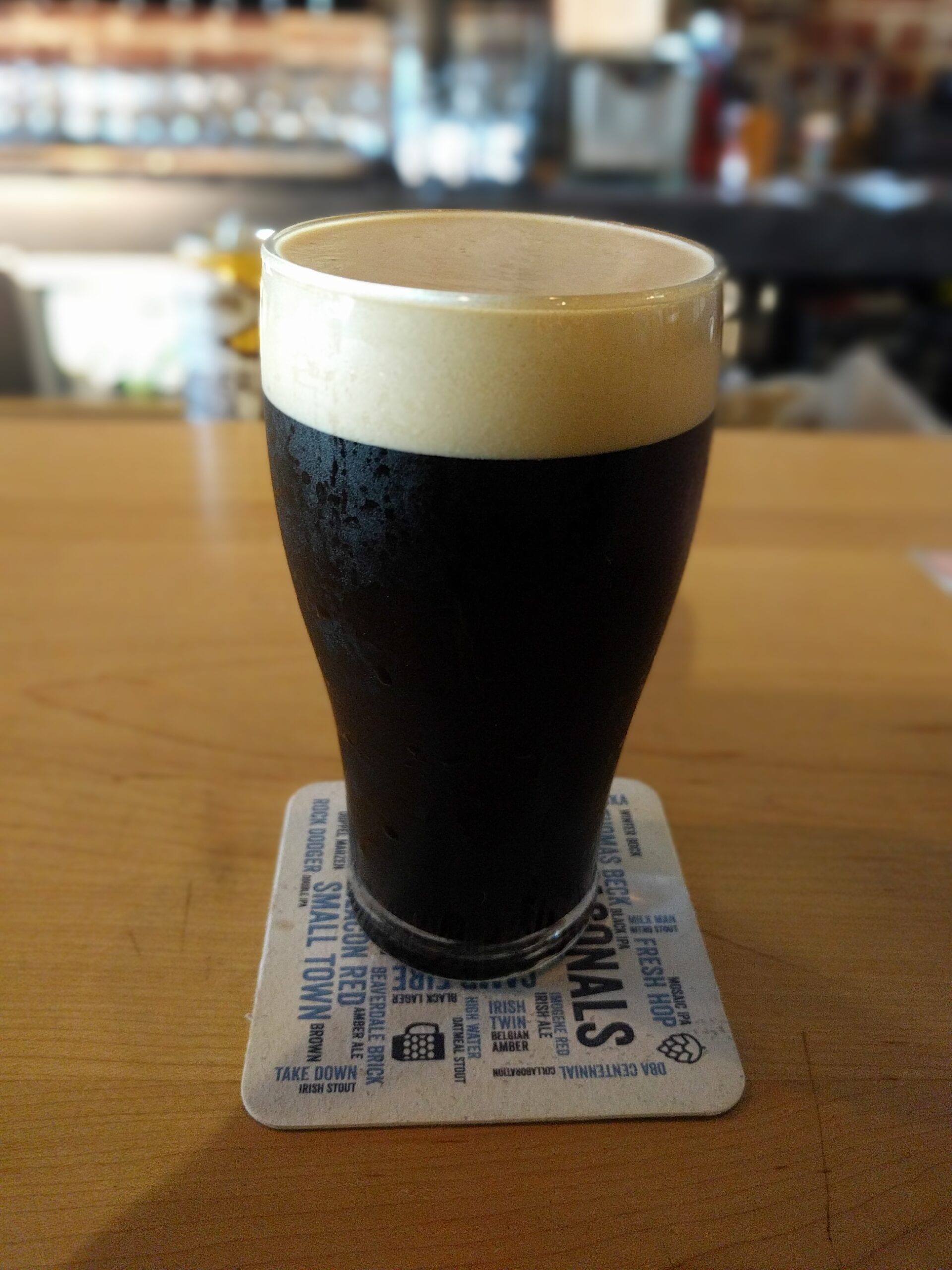BOTTLING
Clean/Sanitize
Clean equipment as needed. If you did a good job cleaning when you finished last time, cleaning at this point shouldn’t be needed. If using swing top bottles, remove gaskets and clean separately.
Sanitize any equipment that will come into contact with the beer:
- Bottles
- Caps / Swing tops and their gaskets
- Bottling Bucket
- Spoon / Spatula
- Auto-Siphon / Hose
- Bottling Wand
- Hydrometer
- Wine Thief
Make an effort to keep things in the sanitizer solution up until needing that item. Only sanitize a couple bottles at a time and make sure they are completely coated inside with sanitizer. Tip them upside down and give them a shake to get the excess sanitizer out before filling them.
Priming
Ingredients
- Corn Sugar (Follow recipe guidelines, do not over do it as bottles can explode from over carbonation). 5oz for a 5 gallon batch is a good starting point, but don’t go over 5 oz.
Steps
- In a sauce pan, add Corn Sugar to 2 Cups water to make the priming solution. Stir to dissolve, and bring to a boil. Boil for 5 minutes with the lid mostly on the saucepan to sanitize it.
- Place lid completely on pan and remove pan from heat and let cool to below 90F. Ice packs underneath the sauce pan can help to cool it faster. After it has cooled down, wipe any water that condense on the pot due to the ice packs to prevent it from dripping into the bottling bucket. As additional precaution, sanitize the underside of the pot.
- Carefully pour the priming solution into the sanitized bottling bucket, trying not to splash it as much as possible to prevent oxygenation.
Siphon
- Take a wort sample from the fermenter for specific gravity testing if desired. Do this before adding beer to priming sugar solution.
- Place the bottling bucket lower than the fermenter.
- Place the sanitized auto-siphon into the fermenter, about halfway (don’t let it touch the bottom of the fermenter), and place the other end of the hose into the bottom of the bottling bucket.
- Give the auto-siphon a pump or two to get it started. If an air bubble develops after initial pumping, just pump it a few more times to force the bubbles out. After awhile really small bubbles will form. These smalls bubbles are CO2 bubbles and can be ignored.
- As the beer starts to lower, lower the siphon so it doesn’t start sucking air. If the siphon has a cap on it, it can be allowed to just drop to the bottom of the fermenter as the cap helps to prevent the yeast cake on the bottom from being sucked up. You can also remove the cap to get more beer out, holding it just above the sediment.
- After siphoning is complete, carefully stir beer to evenly mix in the priming sugar. Do not vigorously stir the beer as you do not want to oxygenate it.
Bottling
- Move the full bottling bucket to a higher position. Attach plastic tubing to the bottling bucket spigot. Assemble the filler wand and attach to the plastic tubing. Open the spigot. Alternately, you can use the auto-siphon, with the filler wand attached to it, to pull beer from the bucket to fill the bottles.
- Press the filler wand against the bottom of the bottle to release the beer. Lift up to shut off the flow. Leave approximately 1 inch of head space in the bottle.
Capping
- As you fill each bottle, pull a cap out of the sanitize solution, give it a shake, and then place it on the bottle. Don’t worry about capping at this time. Finish filling all the bottles and placing the caps before using the capper and sealing each one.
- When ready to cap, ensure the cap sits evenly on top of the bottle. Bring the handles of the capper together and place capper on on the bottle. Push the handles apart until the cap seats. Release. Press the capper down a couple times to ensure caps properly crimped.
- Equally important, label your beer with a date and the name of your brew so you know what it is and when its ready to enjoy.
Storage
Use cardboard boxes to hold the beer in. Keep the beer in a dark location. Age your beer at 68 to 72 degrees F for 1 to 2 weeks to allow for natural carbonation (bottle conditioning). After that, move the beer to a cooler place to store it and finish out the aging process. For Ales, aging takes 2 to 6 weeks.
After the beer has aged, chill for minimum 24 hours, crack it open and enjoy. 😉

